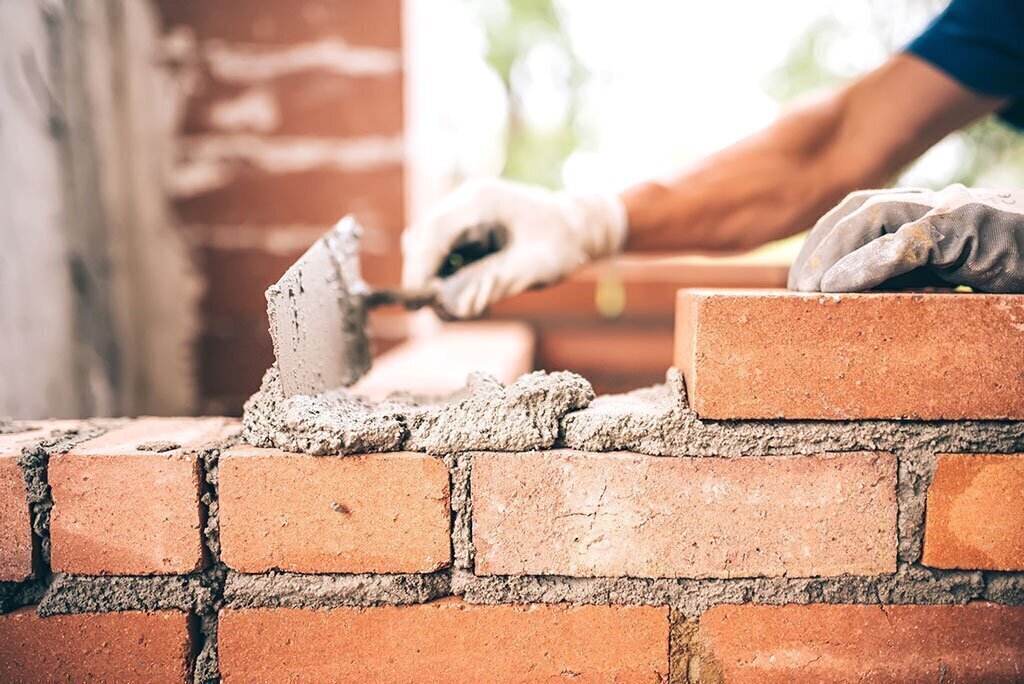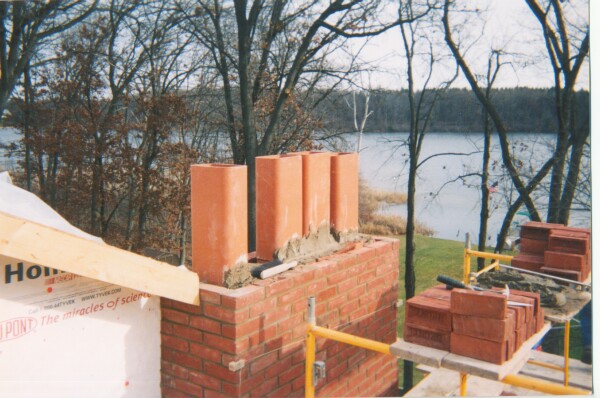Get This Report on Paver Installation
Table of ContentsSome Known Facts About Step Repair.What Does Paver Installation Do?The 8-Second Trick For Siding ContractorThe Main Principles Of Chimney Services Excitement About Chimney ServicesThe Ultimate Guide To Paver Installation

The acid dissolves all the carbonate-containing minerals not only in the binder, but likewise in the accumulation (such as oyster coverings, reefs sands, or various other carbonate-based materials), as well as any various other acid-soluble products. The sand and also fine-grained acid-insoluble material is left. There are a number of variants on the basic acid food digestion examination.
Straightforward acid food digestion approaches are quick, cost-effective, as well as very easy to perform, but the information they provide regarding the original composition of a mortar is limited to the color and texture of the sand. The gas collection approach provides even more details concerning the binder than a simple acid food digestion examination. evaluation techniques that have been utilized to assess mortars include polarized light or thin-section microscopy, scanning electron microscopy, atomic absorption spectroscopy, X-ray diffraction, and differential thermal analysis.
The 20-Second Trick For Patio Installation
Historic mortars were not prepared to narrowly defined requirements from materials of consistent high quality; they contain a large selection of locally obtained products incorporated at the discernment of the mason. While a particular technique may be able to properly figure out the initial percentages of a lime-cement-sand mortar prepared from contemporary products, the effectiveness of that technique for reviewing historical mortars is suspicious unless it has actually been examined against mortars prepared from materials much more typically made use of in the past.
It is a typical error to think that hardness or high stamina is a step of appropriateness, particularly for lime-based historical mortars. Stresses within a wall brought on by development, tightening, moisture movement, or settlement should be fit somehow; in a masonry wall, these anxieties must be alleviated by the mortar instead of by the stonework systems.
High lime mortars are a lot more permeable than denser cement mortars. Historically, mortar worked as a bed linens materialnot unlike a development jointrather than a "adhesive" for the stonework systems, and wetness had the ability to migrate via the mortar joints as opposed to the stonework devices. When wetness evaporates from the stonework it deposits any type of soluble salts either externally as efflorescence or listed below the surface as subflorescence.
Unknown Facts About Chimney Sweep
If the mortar does not permitmoisture or moisture vapor to migrate out of the wall surface as well as evaporate, theresult will be damage to the stonework units. Sand is the largest element of mortar and the product that gives mortar its distinct shade, texture as well as cohesiveness. Sand has to be without impurities, such as salts or clay.


Little Known Facts About Paver Installation.
For repointing, rose city concrete should adjust to ASTM C 150. White, non- tarnishing portland concrete might provide a better color match for some historic mortars than the much more commonly available grey rose city cement. It needs to not be assumed, nevertheless, that white portland cement is constantly suitable for all historical structures, given that the initial mortar may have been blended with grey concrete.
For this reason, they typically are not recommended for use on historical masonry buildings. Moisturized lime mortars, and also pre-blended lime putty mortars with or without a matched sand are readily offered. Custom mortars are likewise readily available with shade. In a lot of instances, pre-blended lime mortars containing sand may not give a specific suit; nevertheless, if the job calls for total repointing, a pre-blended lime mortar may be worth taking into consideration as long as the mortar works in stamina with the masonry.
In either situation, if a preblended lime mortar is to be made use of, it must have Type S or SA moisturized lime adapting ASTM C 207. Water must be potableclean and devoid of acids, antacid, or various other dissolved organic products. In addition to the shade of the sand, the structure of the mortar is of crucial importance in duplicating historical mortar.
Little Known Questions About Chimney Flashing And Cap Repair.
The usage of antifreeze substances is not advised. They are not really effective with high lime mortars as well as may present salts, which might cause efflorescence later on.
For repointing, lime must adapt ASTM C 207, my explanation Type S, or Type SA, Hydrated Lime for Masonry Purposes. This machine-slaked lime is developed to ensure high plasticity as well as water retention. The usage of quicklime which should be slaked and saturated by hand may have advantages over moisturized lime in some repair projects if time and also money enable.
For repointing, rose city concrete ought to adapt ASTM C 150. White, non- discoloring portland cement may give a much better shade match for some historic mortars than the extra commonly offered grey portland cement. It ought to not be thought, however, that white portland cement is constantly suitable for all historic structures, considering that the initial mortar might have been blended with grey cement.
Step Repair Fundamentals Explained
Because of this, they usually are not recommended for use on historical masonry buildings. Moisturized lime mortars, and also pre-blended lime putty mortars with or without a matched sand are readily available. Custom-made mortars are likewise offered with color. In most circumstances, pre-blended lime mortars containing sand might not provide an exact suit; nonetheless, if the job requires overall repointing, a pre-blended lime mortar might be worth taking into consideration as long as the mortar is compatible in strength with the masonry.
If a preblended lime mortar is to be utilized, it ought to contain Kind S or SA hydrated lime adapting to ASTM C 207. Water ought to be potableclean and without acids, alkalis, or various other dissolved natural products. Along with the shade of the sand, the texture of the mortar is of vital significance in replicating historic mortar.
Choice of admixtures should be made by the architect or building conservator as component of the specifications, not something consistently added by the masons. Usually, modern chemical additives are unneeded and may, actually, have destructive results in historic stonework tasks. Making use of antifreeze substances is not recommended. They are not very reliable with high lime mortars and may present salts, which might create efflorescence later.